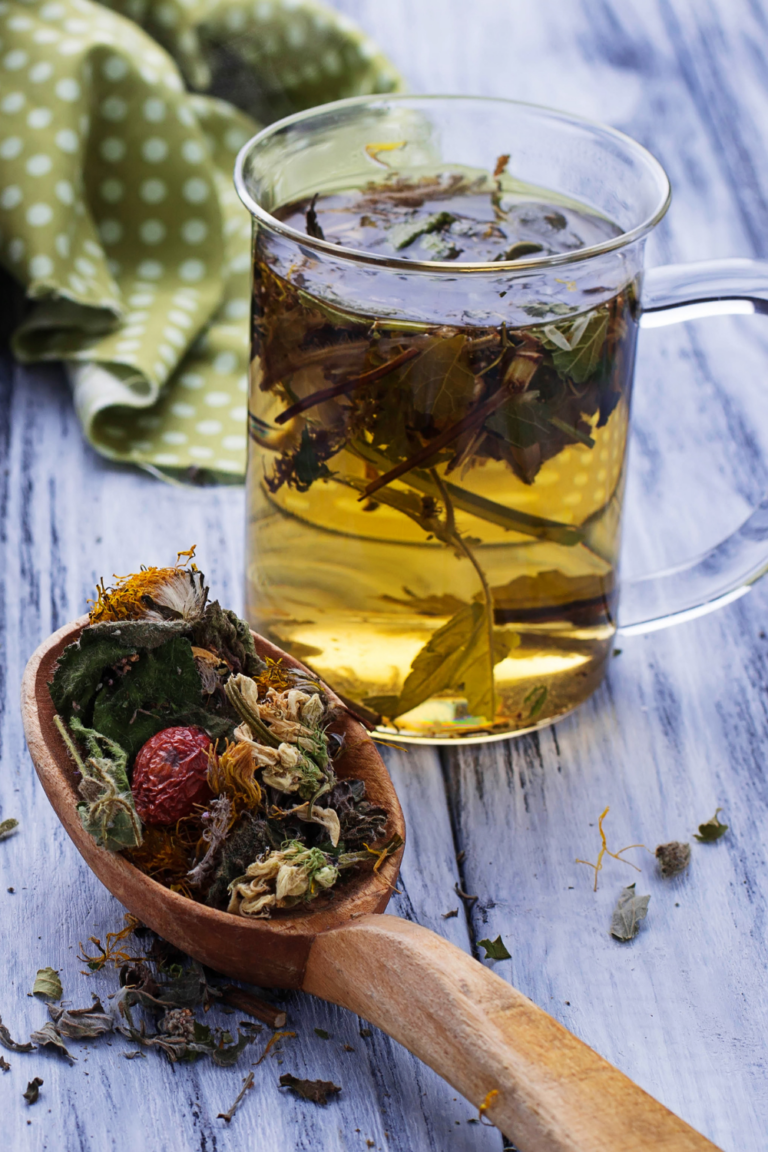Can you compost clam shells? Absolutely! This guide covers their preparation, composting steps, and FAQs for enriching garden soil.

Are you wondering if clam shells can be a part of your composting efforts? The answer is yes; clam shells can be composted like other shellfish shells!
In this guide, we’ll explore the role of clam shells in composting, how to prepare them, and address some frequently asked questions.
Let’s discover how these shells can be a fantastic asset to your compost pile and garden.
What is Composting?

Composting transforms organic waste into humus – a nutrient-rich, soil-like substance that enriches garden soil with essential nutrients. This transformation happens in a compost bin or heap.
It involves breaking down carbon-rich materials (browns) like dry leaves, egg shells, wood shavings, paper products, cork, and nitrogen-rich materials (greens) like food waste (fruit/veggie scraps, pasta, rice, etc.), grass clippings, coffee grounds, and yard waste.
The result is a valuable resource for improving soil health, significantly enhancing the quality of garden beds.
Composting is an environmentally friendly method, not just a way to dispose of waste but a means to provide a balanced, nutrient-rich environment for plants, making it a crucial practice for organic gardening.
Clam Shells in Composting
Clam shells are a great addition to compost piles, offering much-needed calcium as they decompose. Made primarily of calcium carbonate, these shells are vital for improving soil health and structure and promoting healthy plant growth.
They also help to balance the soil’s pH, making it more suitable for a diverse range of plants.
Clam shells enhance the compost’s texture and aeration as they break down, contributing to a richer, more nourishing environment for your garden.
How to Compost Clam Shells
Proper preparation of clam shells is key to effectively composting them. Here’s the best way to do it:

Step 1: Clean and Crush the Clam Shells
First, thoroughly clean the clam shells after use. Set them on a sturdy, solid surface like a workbench or concrete driveway.
Cover them with a dish towel to contain fragments, then use a hammer or a large rock to crush the shells into gravel-like pieces.
Once crushed, gather the pieces into a bucket or bag. Crushing increases the surface area, crucial for faster decomposition in the compost.
Step 2: Prepare the Compost Bin
Begin by adding layers of carbon-rich content to your compost bin. This could include dry leaves, hay, twigs, and paper in a 6-inch layer.
Follow this with a 4-inch layer of nitrogen-rich content such as grass clippings, food scraps, and, if available, manure.
These layers create a balanced environment for efficient composting.
Step 3: Add Clam Shells to the Mix
Place the crushed clam shells over the layer of nitrogen-rich materials.
After adding the shells, cover them with a 2-inch layer of a manure and soil mixture.
Continue to build your compost pile, alternating between carbon-rich and nitrogen-rich layers with clam shells interspersed.
Step 4: Maintain Adequate Moisture Levels
Water the compost pile approximately twice a week to keep it damp but not saturated. Proper moisture is essential for the composting process.
A good test is to squeeze a handful of compost; if a couple of water drops emerge, the moisture level is just right.
Step 5: Aerate the Compost Regularly
Every two days, turn the compost pile with a pitchfork or similar tool to encourage air circulation, which is necessary for effective composting.
Regular aeration helps maintain the compost’s health and speeds up decomposition.
Following these steps ensures that clam shells are composted effectively, enriching the compost with calcium and other nutrients.
This will lead to more fertile soil for your garden, enhancing plant growth and overall health.
FAQs
Are clam shells good for the garden?
Yes, clam shells are beneficial for the garden. They add valuable nutrients, particularly calcium, to the soil as they decompose.
This addition of calcium is crucial for maintaining soil health, improving soil structure, and promoting robust plant growth.
Clam shells also help balance the pH levels of the soil, making them more suitable for various plants
How to crush clam shells?
Place the shells in a durable cloth or bag to contain the pieces. Then, gently break the shells into smaller pieces using a hammer or another hard object.
The goal is to increase the surface area of the shells, which accelerates their decomposition rate in the compost.
Are crushed clam shells good for plants?
Absolutely! As they break down in the soil, they slowly release calcium, providing a steady supply of this essential nutrient.
Calcium is vital for plant cell wall development, leading to healthier and more robust growth.
Additionally, the texture of crushed shells can improve soil aeration and drainage, further benefiting plant health.
How long does it take for clam shells to decompose in compost?
Typically, clam shells can take several months to a couple of years to fully decompose in a compost pile; the time depends on the size of the shell pieces, the conditions of the pile, and the overall balance of materials in the compost.
Can you compost other types of seafood shells?
Absolutely! Other seafood shells, such as oyster shells, mussel shells, shrimp shells, and lobster shells, are also compostable. Much like clam shells, these, too, add calcium to the compost.
Crush them for quicker decomposition. And remember to rinse off any excess salt before adding them to your compost pile if they’re from salt water.
Should you compost nut shells?
Yup. They’re an excellent addition to a compost pile, providing carbon-rich material. However, it’s important to note that nut shells decompose very slowly due to their hard texture.
Crushing or breaking them into smaller pieces can help speed up decomposition. Nut shells also add a good structure to the compost, aiding in aeration and reducing compaction.
Wrapping Up

Composting clam shells is a great way to add valuable nutrients to your garden while engaging in sustainable gardening practices.
By following the simple steps of preparation and understanding their benefits, you can make clam shells a key component of your composting routine, leading to a healthier and more vibrant garden.







Lisa,
This is an interesting topic. I never thought about clam shells. My husband is allergic to shell fish but I love shrimp and lobster! Can you compost those as well? I have tried nut shells, but I never thought to crush them. Good ideas!
Yep, you can compost all shellfish shells! Crushing helps them break down faster. Glad you enjoyed this.